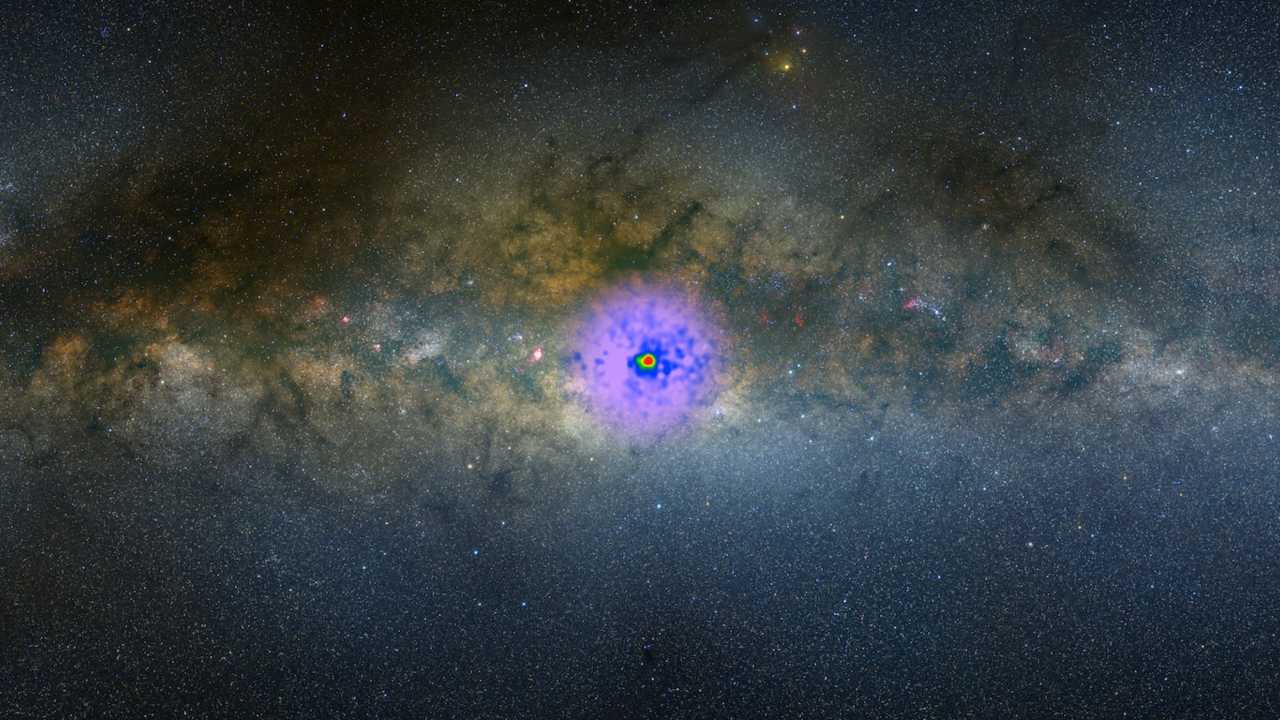Earth will soon be caught in the path of a cosmic hurricane, a recent paper suggests. A collection of hundreds of stars, and a large amount of dark matter is headed towards our neck of the woods, cosmically speaking, and there’s no force we can muster that even has a chance of stopping it. Is this how the world ends? Maybe not. Are we in danger? Well, no. Contrary to how ominous it sounds, Earth won’t be swallowed up by an invisible galactic storm. In fact, if it exists – scientists have theories but no evidence that dark matter exists – our system is already inside the storm. Scientists have predicted that the celestial amalgam will fly through our system without posing a threat to Earth. But the “dark matter cloud” is an incredibly complex cosmic phenomenon. It has fascinating, interconnecting processes that have astrophysicists eager to study them.
A team of researchers from King’s College London, Universidad de Zaragoza, and the Institute of Astronomy, UK, discovered the ‘dark matter hurricane’ from the ESA’s
Gaia telescope data. The Gaia mission released the locations and trajectories of almost 2 billion stars near the Milky Way. Scientists looked at whether they could spot anything peculiar in the publicly-available data and found several “stellar streams” passing through our celestial neighborhood. One such stream, the S1, was observed as a remnant of a collision between the Milky Way and another galaxy in what must have been an
**epic event of cosmic cannibalism** . Streams like S1 have been seen by astronomers before, but this is the first close approach by a dark matter stream into our planetary system. The researchers believe that the ‘dark matter’ storm will move at speeds of 500 km/s through our solar system, but those numbers may be misleading, according to other experts. “Dark matter, if it exists, is extremely diffuse and it will have no discernible effect on the solar system,” writes Dr Don Lincoln, a senior physicist at the Fermi National Accelerator Lab. “However, the prospect of high-velocity dark matter flying through the Earth has suggested an opportunity to detect it.” [caption id=“attachment_5591251” align=“alignnone” width=“1280”] This image of the Milky Way in visible light with a superimposed gamma-ray map of the galactic center was released by NASA in February 2017 from Fermi telescope data. With all known sources removed, the map shows a gamma-ray excess, hinting that it could be a cloud of dark matter. Image courtesy: NASA[/caption] Physicists have
proposed plans for how to verify and calculate the existence of dark matter, and instruments to detect it — all this without real evidence that dark matter really exists. Researchers have reason to believe that dark matter, like everything else, is made up of some undiscovered particle that they are in the midst of identifying and detecting. Some of the leading theories suggest that these particles could either be weakly interacting massive particles (WIMP), or a much lighter particle called axion. Much like the chicken-and-egg dilemma, researchers don’t have a sample of dark matter to study. Instruments (including Gaia) that have helped look for dark matter in the universe can now be told where in the sky to look for it, if not exactly what to find. Considering the profound importance dark matter research has in the field of physics, the dark matter storm could be more cause to party than panic — at least for particle physicists.


)
)
)
)
)
)
)
)
)



